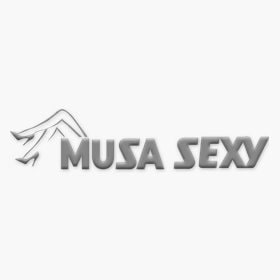How to Evaluate a Risk Management Solution
Garota de Programa Ribeirão Preto - SP
Perfil
- Cidade: Ribeirão Preto - SP
- Eu Sou:
Apresentação:
Description
The best risk management software could provide companies with a variety of advantages. It will ensure compliance with regulatory requirements; improve data protection and security; reduce costs incurred due incident involving risk; boost decision-making capabilities based on real-time data; and much more. A risk management system that is effective will give your company an edge in the market by ensuring that it is well-equipped to tackle any challenges.
Many vendors offer various risk management solutions that can be tailored to a variety of needs. For instance, some vendors offer enterprise risk management (ERM) solutions for larger organizations. ERM gives division managers a strategy for managing risk and gives them an overview of the risk profile of the company. Other vendors provide more precise solutions for risk management including third-party risk management (TPRM), and compliance management (CM).
When evaluating risk management tools, you need to examine how they can integrate https://dreamboardroom.com/informal-meetings-key-to-culture-and-teamwork/ with the current technology stack. This will help you avoid purchasing additional software, and reduce the chance that there’s security gaps or plugin compatibility problems. For instance, if your team is already using productivity tools like Slack and JIRA Make sure that the new tool you are considering integrates well with them.
The right risk management software must be able to track current threats as well as those that resurface. CURA is a good example. It uses risk reports to determine the probability of an event taking place and allow users to track the progress made in reducing those risks. It also provides an overview of the all risks assigned, resolved and not resolved, along with an interactive analysis of these threats. Other important features to look for are an easy-to-use interface, customizable and flexible reporting tools such heat maps, reports, and dashboards, and the ability to export these in popular formats for files.

